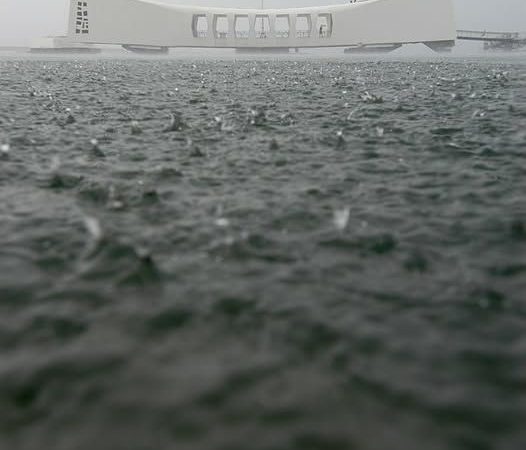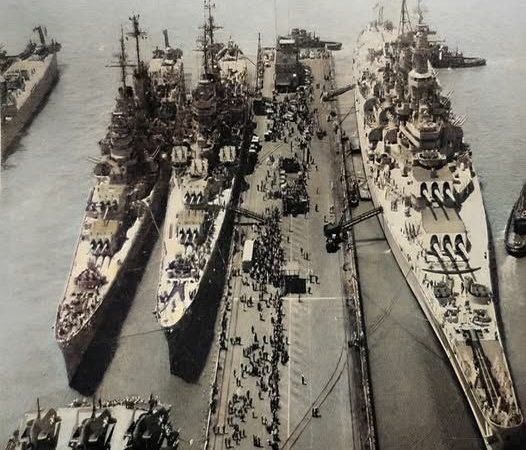HMS Howe: The 14th Ship of the King George V Class Battleships
HMS Howe was the fourth and final ship of the King George V class battleships, a series of fast battleships built for the Royal Navy during the early 20th century. Named after the 1st Earl Howe, a notable British naval commander, HMS Howe represented a significant evolution in naval design, combining firepower, armor, and speed in a formidable package. Laid down in 1937, launched in 1940, and commissioned in 1942, HMS Howe played a vital role during World War II.

HMS Howe measured 804 feet (245 meters) in length and had a beam of 103 feet (31.4 meters). Displacing around 40,000 tons, she was armed with a main battery of ten 14-inch (356 mm) guns in two quadruple and one twin turret, allowing her to engage multiple targets effectively. In addition to her main guns, she was equipped with an array of secondary armaments, including 5.25-inch (133 mm) guns and numerous anti-aircraft weapons, making her capable of defending against aerial threats.
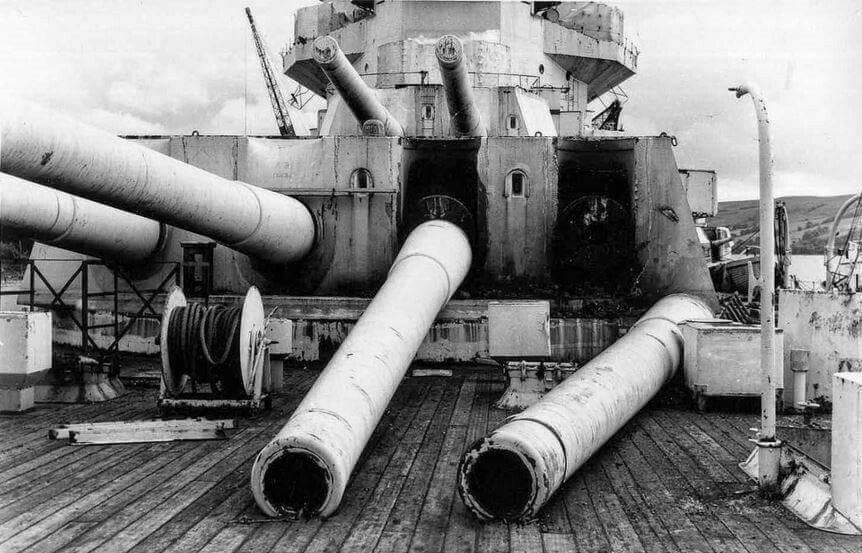
Her armor scheme included a belt of up to 12 inches (305 mm) thick and a deck that was heavily protected against air and surface attacks. This combination of heavy firepower and robust armor allowed HMS Howe to engage in fleet actions and protect other vessels in the Royal Navy.
HMS Howe’s operational history began with her commissioning in 1942. Shortly after entering service, she participated in various critical naval operations. One of her notable early missions was the bombardment of the German-occupied French coast in support of the Allied invasion of Normandy in 1944. She provided naval gunfire support for ground troops, demonstrating the effectiveness of battleships in supporting amphibious assaults.
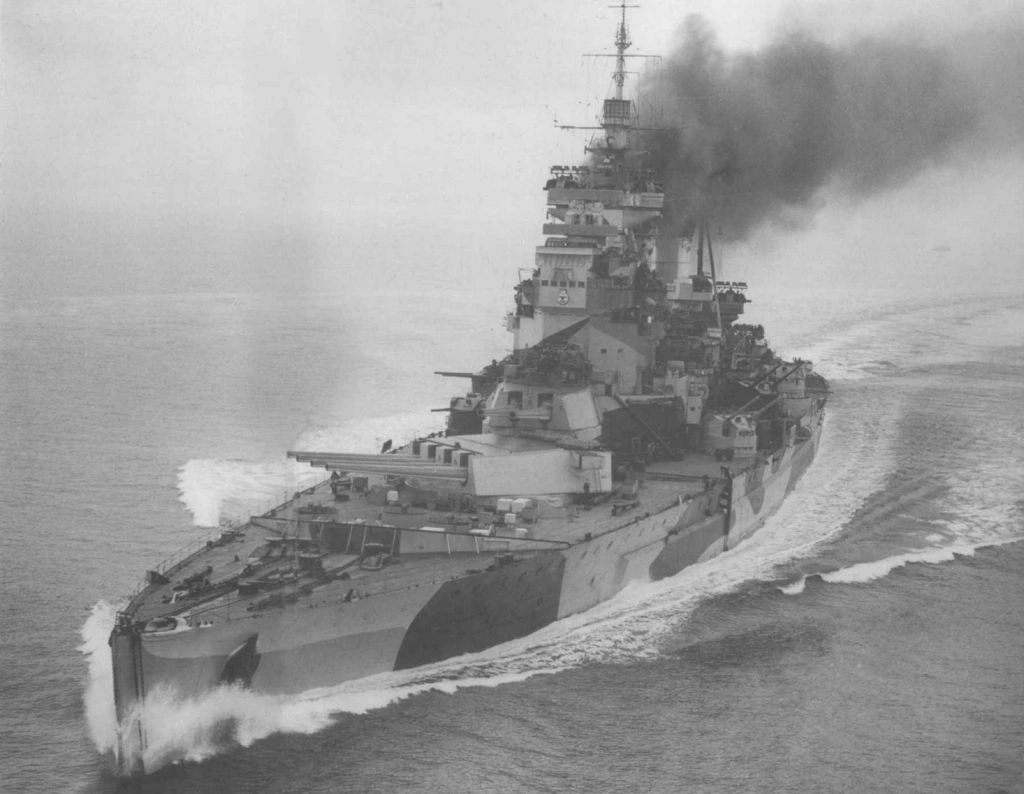
Throughout the war, HMS Howe served in multiple theaters, including the Arctic and the Mediterranean. She played a vital role in the Battle of North Cape, where she engaged the German battleship Scharnhorst, contributing to its destruction. This victory underscored the effectiveness of the King George V class battleships in modern naval warfare.
After World War II, HMS Howe continued to serve in the Royal Navy during the post-war period. However, the advent of aircraft carriers and guided missiles led to a decline in the relevance of traditional battleships. In 1950, HMS Howe was placed in reserve, and by 1958, she was officially decommissioned.
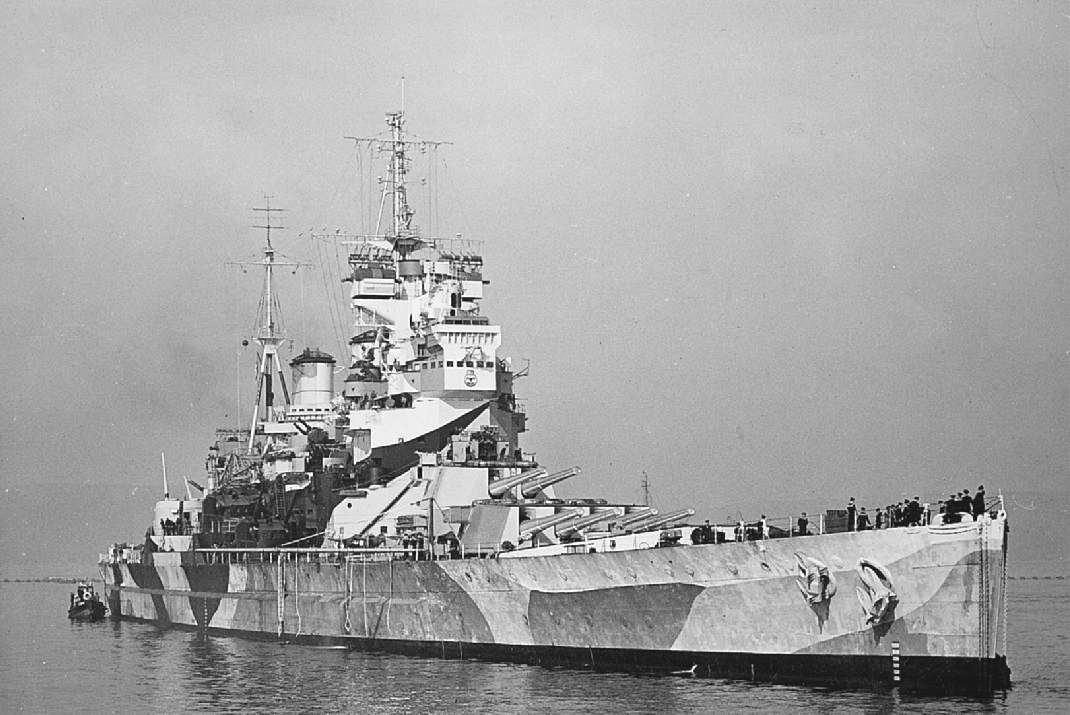
In 1960, HMS Howe was sold for scrap, marking the end of an era for battleships in the Royal Navy. Despite her decommissioning, HMS Howe remains a symbol of British naval power during a time of great conflict and change.
HMS Howe’s legacy lies in her service during World War II and her role in shaping naval warfare. As the 14th ship of the King George V class battleships, she exemplified the balance of firepower, speed, and protection that characterized modern naval combat. Her contributions to key naval battles and operations cement her place in the history of the Royal Navy, serving as a reminder of the battleship’s once-mighty presence on the seas.
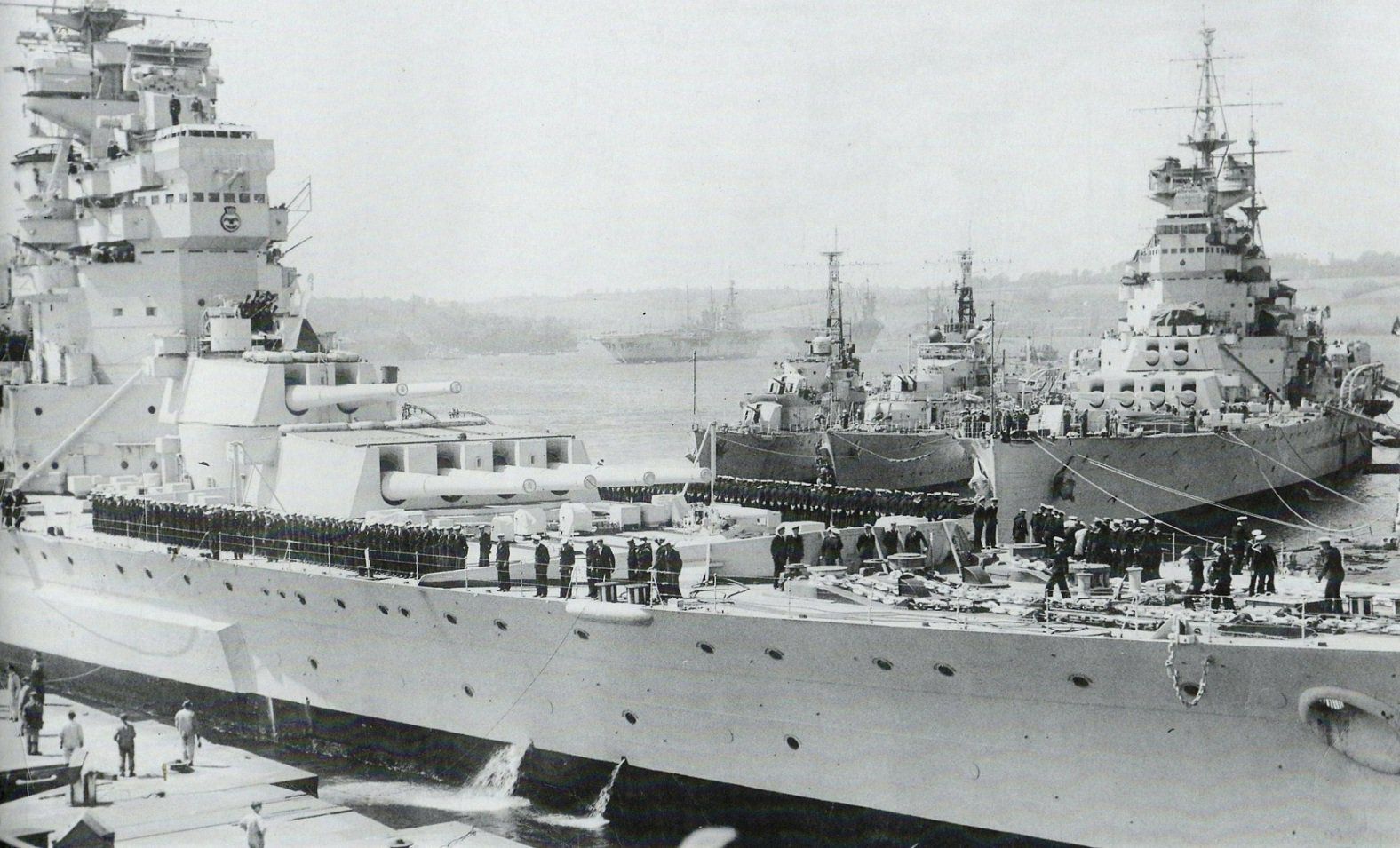
HMS Howe stands as a testament to the innovation and engineering prowess of her time, representing a crucial chapter in the story of naval warfare.

